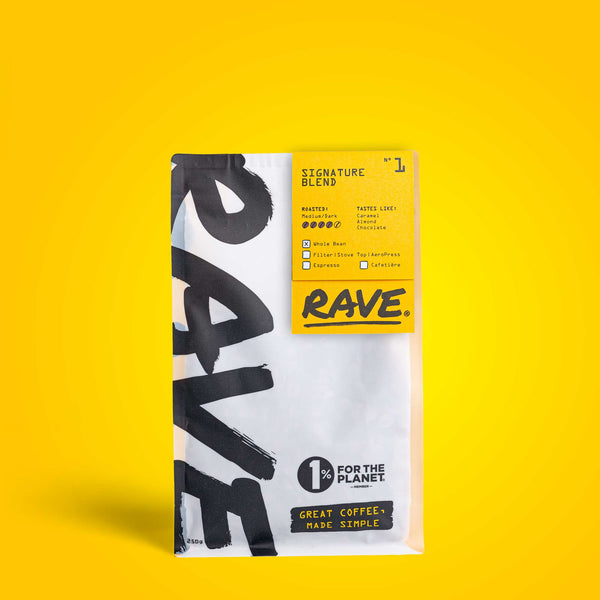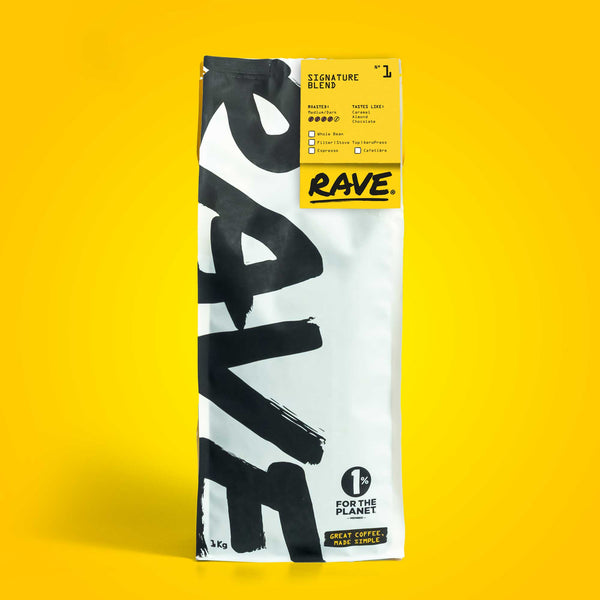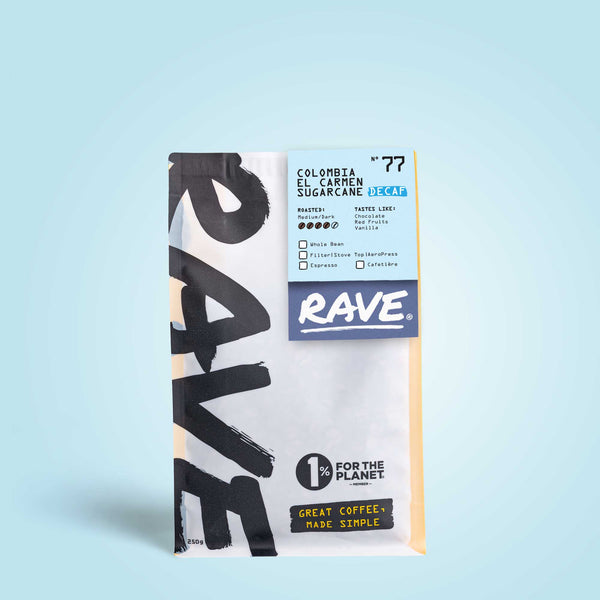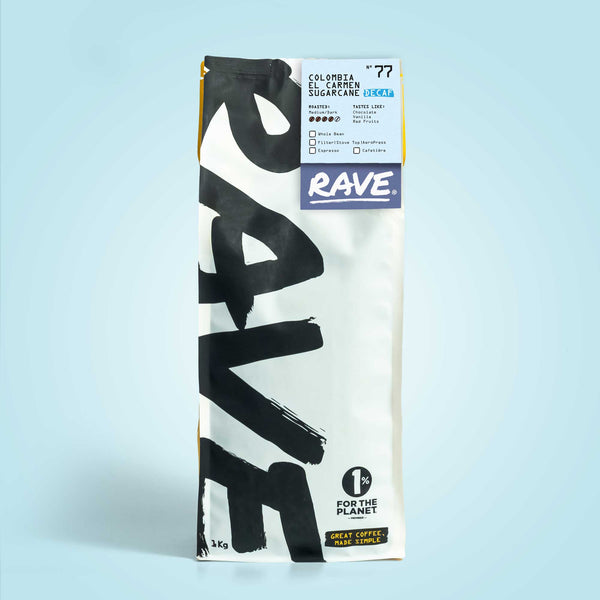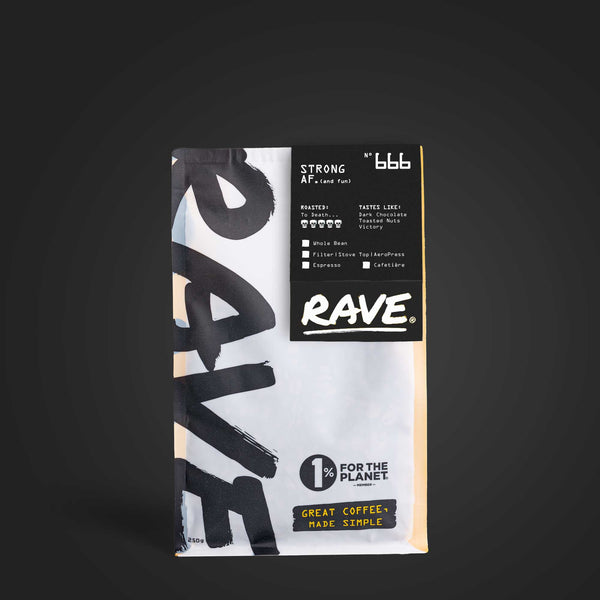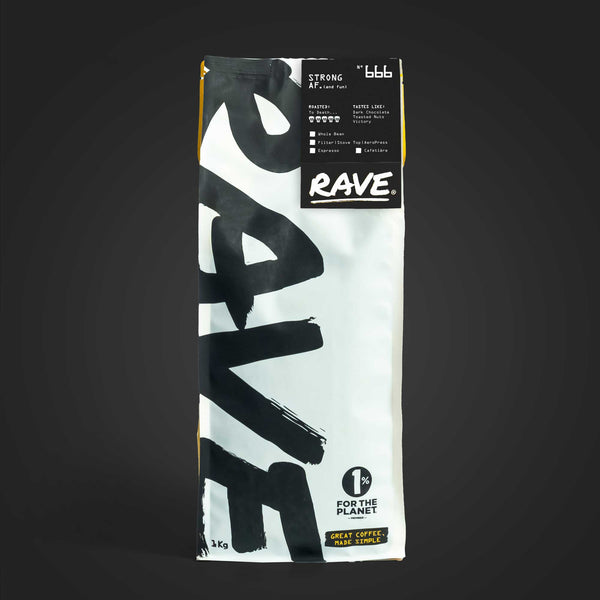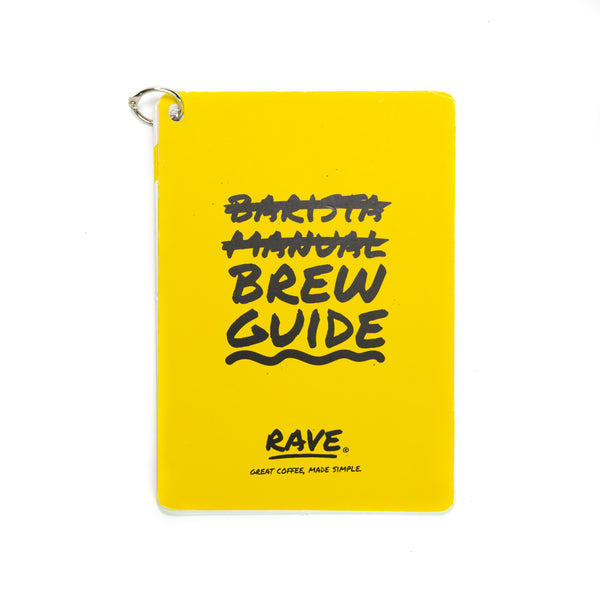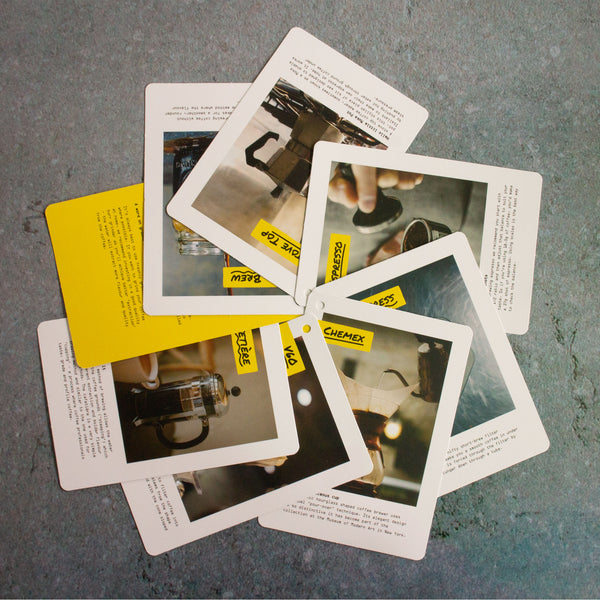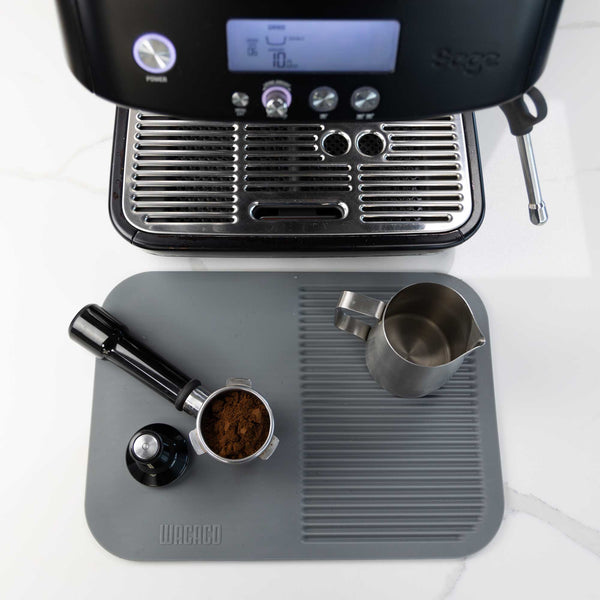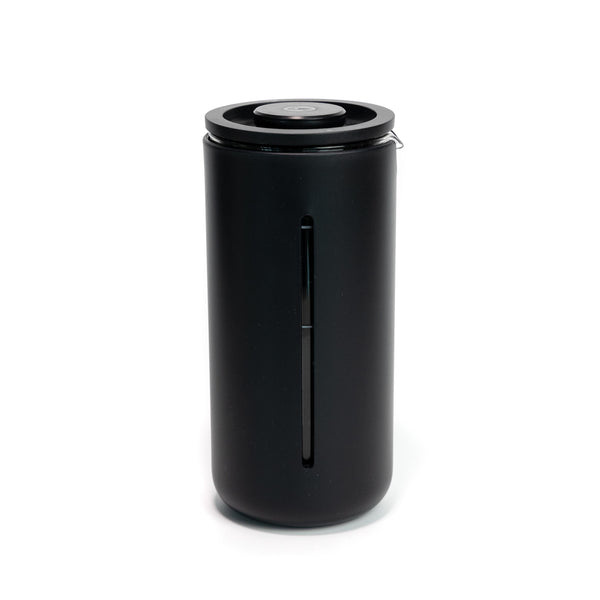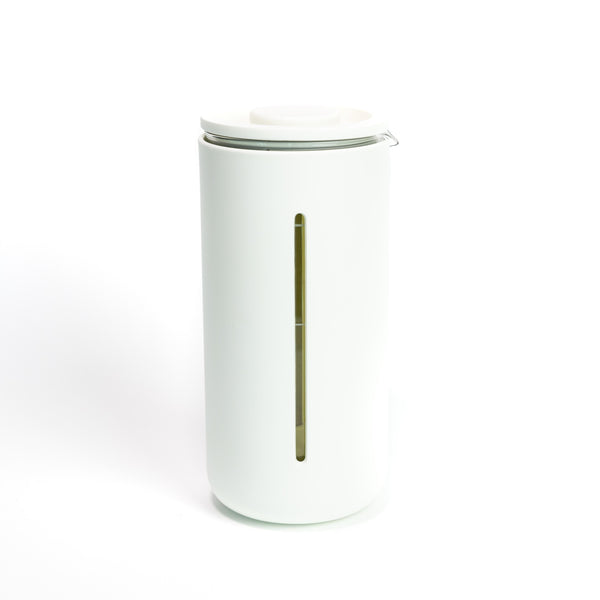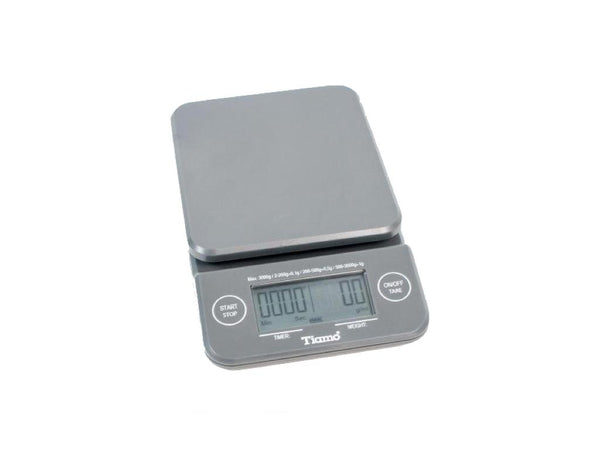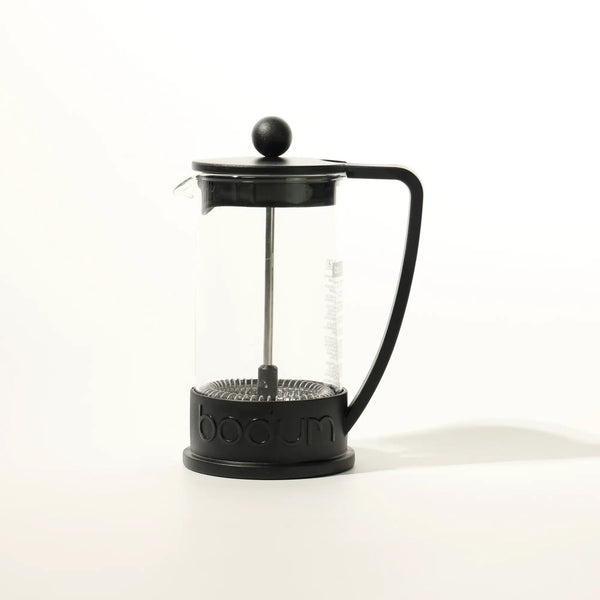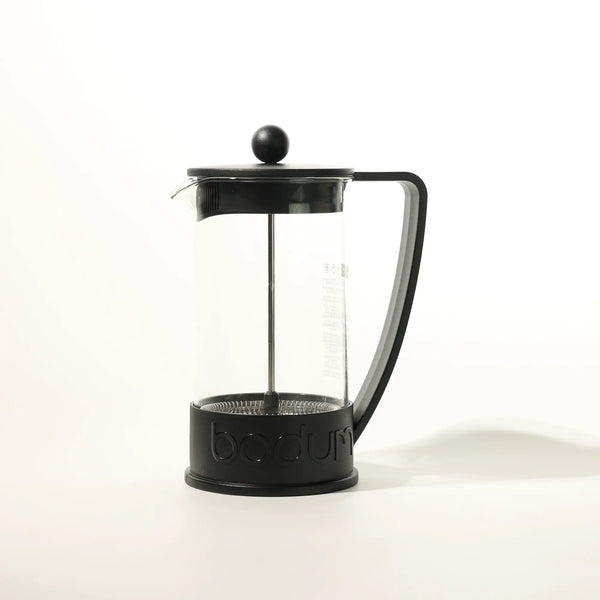How to make the perfect Cafetière Coffee
You will need:
- Rave coffee (Ground Coarse) 75g Light / Medium Roast OR 60g Medium / Dark Roast
- A kettle + 1000g Water
- Scales and a timer
- Cafetière
The recipe can be adjusted depending on the size of your cafetière - general rule per person = 15g coffee to 250ml water.
1. Preheat your cafetière with boiling water - once warm dispose of water.
2. Place the cafetière on the scales and weigh the correct amount of ground coffee. (See above for amount per cup)
3. Boil some water. If you're using a kettle, open the lid for a minute to let the water cool slightly. It should be about 93-94 degrees.
4. Zero the weigh scales and pour the hot water into the Cafetiere cylinder, make sure all coffee grounds are saturated and start your timer. (Weigh your water, ie 500ml of water = 500g, see above for amount per cup)
5. Allow to steep for 4 minutes – then stir, breaking the crust that has formed on the surface. Leave to stand for a further 5 minutes during which the coffee should sink/settle.
6. Place the lid on the cafetiere and carefully plunge, there should be a slight resistance, pour into warmed mugs and enjoy your coffee!
Frequently asked questions
What’s the best cafetiere grind size?
For cafetiere coffee, we’d recommend a coarse grind. A good way to test if you’ve got it right is: If the plunger is too easy to push down, meaning there isn’t any resistance, the grounds are too coarse. If the plunger is too hard to push down, meaning there’s too much resistance, the grounds are too fine.
What coffee to water ratio should I use with a cafetiere?
We recommend using a 1:16 ratio. See the table at the top of the page.
What’s the best coffee for cafetiere?
As with any method, always make sure you use fresh coffee. A cafetiere is capable of brewing great coffee and is perfect for people who like rich, deep and strong flavours. We’d recommend trying our Best Selling Bundle to gauge your preferred roast level or take our coffee quiz!
Water temperature for cafetiere?
Your water temperature should be 93-94 degrees C. We recommend that you use filtered water to brew your coffee.



